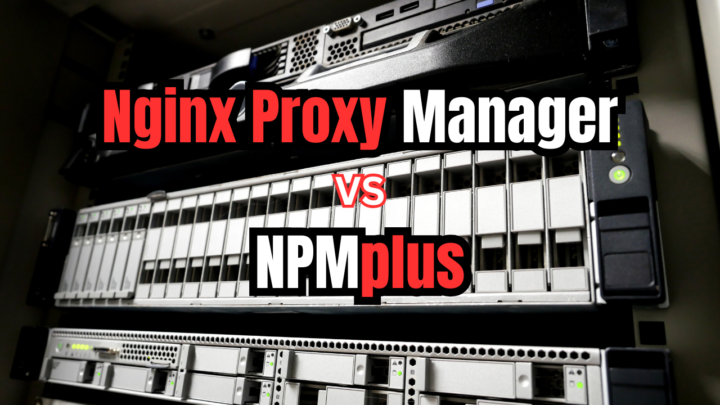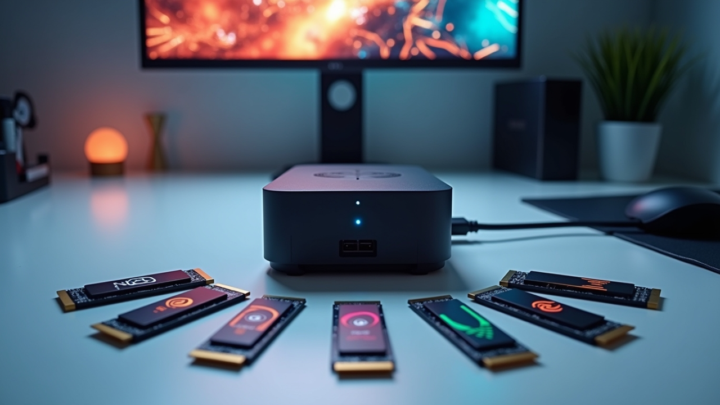Activity
Mon
Wed
Fri
Sun
Oct
Nov
Dec
Jan
Feb
Mar
Apr
May
Jun
Jul
Aug
Sep
What is this?
Less
More
Memberships
Home Lab Explorers
800 members • Free
AI Automation Agency Hub
248.6k members • Free
Davie's Free Ecom Course
68.2k members • Free
Mindset Skool
241 members • $17/m
5 contributions to Home Lab Explorers
5 Things to Know before you install OPNsense
How many of you are running OPNsense in their home lab? 5 Things You Should Know About OPNsense Before You Install It
1 like • 1d
Been using Opnsense for about 2 years now on a fanless pc (Intel(R) Celeron(R) N5105 @ 2.00GHz (4 cores, 4 threads) that supports 4x2.5gb nics. I migrated to this when my Comcast Business line went to 1gb speeds and my old EdgeRouter X couldn't handle the speeds. I also wanted to implement Geo-blocking since I expose quite a few services to the public but only need US based connections and that alone slashed outside probing quite a bit. I haven't used many of the plugins other then moving my DHCP service from my ActiveDirectory servers to Opnsense firewall. It's been pretty much a set it and forget it system for me that doesn't require a lot of babysitting like firewalls I've run over the past few decades.
I finally took a look at Nginx Proxy Manager vs NPMplus
I have been wanting to compare these two for a while. If you haven't heard about NPMplus as of yet, it is a fork of the official Nginx Proxy Manager and has some very cool enhancements, especially for security purposes (Crowdsec integration!) pretty cool: https://www.virtualizationhowto.com/2025/09/nginx-proxy-manager-vs-npmplus-which-one-is-better-for-your-home-lab/

Docker Host VM
I have been real busy the last several weeks re-doing my homelab. New server, new switches, upgraded to Proxmox VE 9, etc etc. Still have some stuff to do including documentation :>) but I want to start down the "Docker" rabbit hole. The new server is a Dell Poweredge R630 (replaced an R710). It has (2) E5-2680 processors for 24 cores and 48 threads, 128GB of DDR4 ECC Ram, (2) 256GB SSD's in a zfs mirror for Proxmox VE, (6) 1TB 7200RPM Sata III HD's in a zfs raidz2 profile, and (4) 1GbE network ports. Currently have (3) VM's and (9) LXC containers running. With all that said I am planning on a Debian 13 VM for Docker. My question is how would you provision it? How many cores? How much ram? How much disk? My first project may be Authentik with either Nginx Proxy Manager (which I already have running in an LXC container) or switching to either Traefik or Caddy. (Brandon i have read your post about Authentik with Traefik), but want to do some more research before I dive in. Sure would appreciate any advice y'all may have! Chuck
0 likes • 4d
@Andrew Kunz Gee, us Andrew's sure like to do all the same stuff LOL. I also used to have a rack full of PowerEdge servers in my basement office. I am now downsized to 3 mini-pc's in a Proxmox HA cluster hosting all my VM's and containers. Got a couple Pi's hosting PiHole and monitoring along with 'playground' stuff.
Check out why you need to pay attention to the details when buying a Mini PC
Why Your Mini PC’s NVMe Drive Isn’t as Fast as You Think https://www.virtualizationhowto.com/2025/09/why-your-mini-pcs-nvme-drive-isnt-as-fast-as-you-think/

What are you using for power resiliency in your home labs? Curious to know
I wrote up a quick blog about this today and wondering if you have other cool power resiliency tricks up your sleeves. 7 Ways to Make Your Home Lab More Resilient to Power Outages https://www.virtualizationhowto.com/2025/08/7-ways-to-make-your-home-lab-more-resilient-to-power-outages/

0 likes • Aug 26
Forgot to mention, spreading the load like this, all of my systems can stay online for about 98 minutes. I'm using a Raspberri Pi Zero-W running NUT as a power monitor server and when the main UPS on the Proxmox cluster loses power, all the other systems check in with the NUT server and then start powering down VM's/Containers and themselves after 70 minutes if power hasn't been restored. That will then extend the life of the wifi and router connections just a little longer.
1-5 of 5
@andrew-hargreave-3882
40+ Years in IT industry (small/med/large companies). Father of 3 boys, married for 38yrs. Serial entrepreneur looking for next adventure.
Active 20h ago
Joined Jun 19, 2025
Chicago IL Far West Suburbs
Powered by



